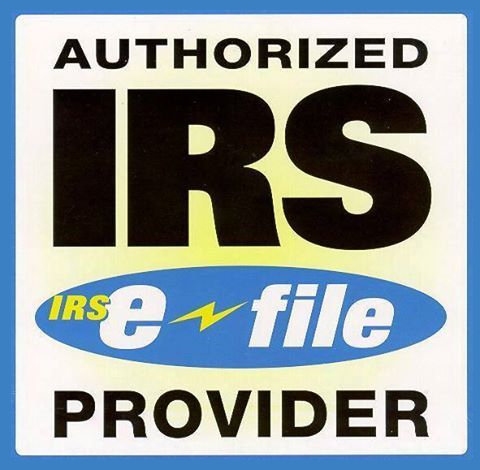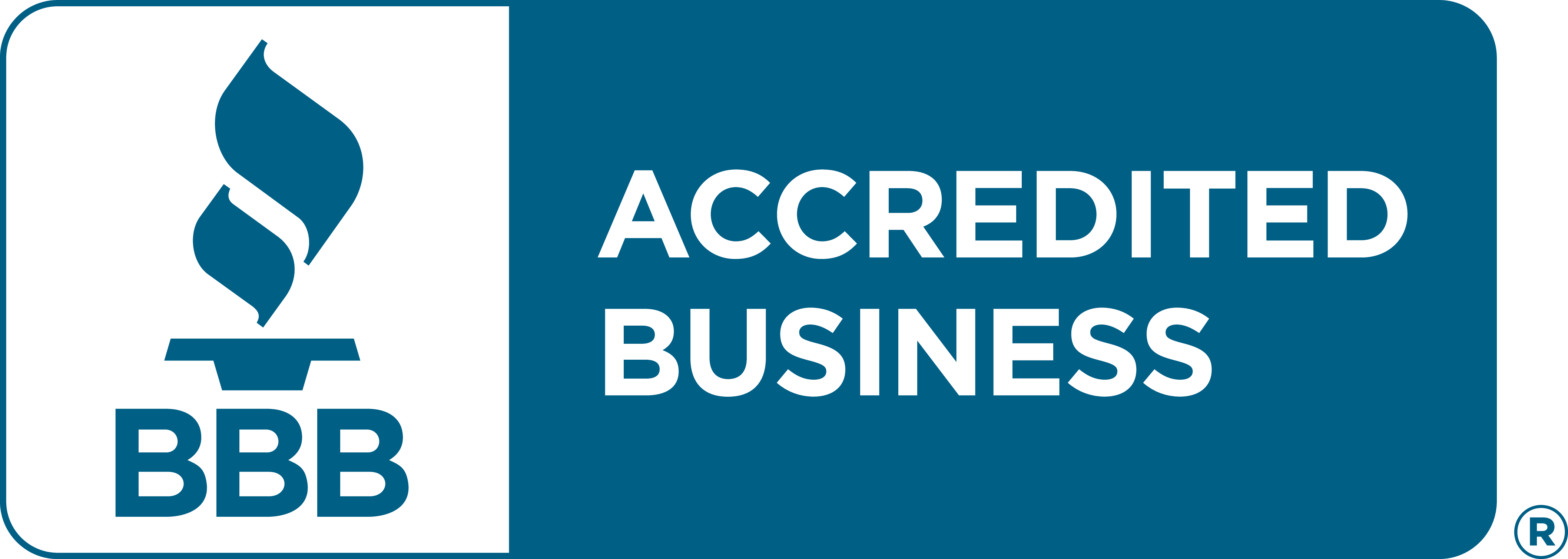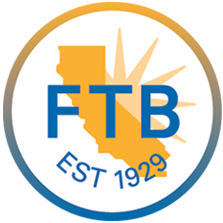When your business is structured as an S corporation, profits and losses aren’t taxed at the corporate level. Instead, they “pass through” to shareholders, who report them on their individual tax returns.
To document each shareholder’s share of income, deductions, credits, and other tax items, the IRS requires corporations to file Schedule K-1 (Form 1120-S).
Each shareholder receives a separate Schedule K-1, detailing their portion of the corporation’s financial activity — ensuring transparency, IRS compliance, and accurate reporting.
With Schedule K-1 (Form 1120-S), S corporations can:
- Report each shareholder’s distributive share of income, deductions, and credits
- Maintain transparency in pass-through taxation
- Ensure shareholders report consistent information on their personal returns
- Avoid IRS mismatches and filing errors
What is IRS Schedule K-1 (Form 1120-S)?
Schedule K-1 (Form 1120-S) is a tax document issued by an S corporation to its shareholders. It reports each shareholder’s share of the corporation’s income, losses, deductions, and credits for the year.
The IRS uses Schedule K-1 to ensure the income reported by the corporation aligns with what shareholders report individually on their Form 1040.
(Interlink: Learn more about how S corporations file their main return using Form 1120-S)
Why Schedule K-1 Matters
Pass-Through Taxation
Ensures income and deductions “pass through” from the S corporation to shareholders without being taxed twice.
IRS Compliance
Accurate K-1 reporting prevents mismatches between corporate and shareholder returns.
Shareholder Transparency
Each shareholder can see exactly how much income, loss, or credit they must report on their individual tax return.
Accurate Financial Reporting
Helps the corporation reconcile Schedule K totals with Schedule K-1 distributions for all shareholders.
Who Must File Schedule K-1?
Every S corporation that files Form 1120-S must also prepare a Schedule K-1 for each shareholder.
You must issue Schedule K-1 if:
- Your business elected S corporation status with the IRS
- The corporation had income, deductions, credits, or other tax items during the tax year
- There are one or more shareholders during the year
Each shareholder receives a separate Schedule K-1, and the corporation must file all K-1s with the IRS along with Form 1120-S.
Information Included on Schedule K-1
| Section | Details Reported |
|---|
| Part I: Information About the Corporation | Name, EIN, address, and IRS filing details |
| Part II: Information About the Shareholder | Name, address, ownership percentage, and type of stock owned |
| Part III: Shareholder’s Share of Income, Deductions, Credits, etc. | Share of ordinary income, rental income, capital gains, credits, foreign transactions, and deductions |
Key Relationship Between Schedules K & K-1
- Schedule K (Form 1120-S) shows total amounts of income, deductions, and credits for the entire corporation.
- Schedule K-1 breaks down those totals into each shareholder’s share.
In short, Schedule K = summary for the corporation, and Schedule K-1 = detailed allocation per shareholder.
(Interlink: Learn more about the purpose of Schedule K (Form 1120-S))
Filing Deadlines
Schedule K-1 must be issued to shareholders and filed with the IRS along with Form 1120-S.
| Entity Type | Main Return | Filing Deadline (Tax Year 2024) | Extension Form |
|---|
| S Corporation | Form 1120-S | March 15, 2025 | Form 7004 |
(Interlink: Learn how to extend your S corporation filing deadline using Form 7004)
Step-by-Step Breakdown of Schedule K-1 (Form 1120-S)
Part I – Information About the Corporation
Includes the S corporation’s name, EIN, address, and IRS filing information. This section identifies the issuing entity.
Part II – Information About the Shareholder
Lists the shareholder’s name, address, Social Security Number (SSN) or EIN, and ownership percentage. It also specifies whether the shareholder holds common or preferred stock.
Part III – Shareholder’s Share of Income, Deductions, Credits, and Other Items
Reports the shareholder’s allocated share of:
- Ordinary business income or loss
- Net rental real estate income
- Interest and dividend income
- Capital gains and losses (linked to Schedule D (Form 1120-S))
- Deductions such as Section 179 expense or charitable contributions
- Tax credits or foreign income adjustments
Each shareholder uses this data to complete their Form 1040, Schedule E (Supplemental Income).
(Interlink: Learn how S corporations report capital gains and losses using Schedule D (Form 1120-S))
Common Mistakes to Avoid
| Error | Impact |
|---|
| Reporting shareholder shares that don’t match ownership percentages | IRS mismatches and notices |
| Forgetting to include shareholder basis adjustments | Incorrect taxable income |
| Failing to reconcile Schedule K totals with all K-1s | Inaccurate corporate reporting |
| Late distribution of Schedule K-1 to shareholders | Shareholders miss tax filing deadlines |
| Not filing K-1 copies with the IRS | Incomplete 1120-S filing and penalties |
Best Practices for Compliance
- Keep accurate records of shareholder ownership and contributions.
- Verify that Schedule K totals match the sum of all Schedule K-1s.
- Provide K-1s to shareholders well before their individual filing deadlines.
- Maintain separate K-1s for current-year and prior-year ownership changes.
- Use TaxZerone’s guided e-filing to automatically generate and attach all Schedule K-1s when filing Form 1120-S.
Frequently Asked Questions (FAQs)
1. What is the purpose of Schedule K-1 (Form 1120-S)?
It reports each shareholder’s share of the S corporation’s income, deductions, credits, and other tax items.
2. Who receives a Schedule K-1?
Every shareholder in an S corporation receives one, reflecting their share of the corporation’s annual financial activity.
3. When are Schedule K-1s due?
They must be filed with the IRS and provided to shareholders by the due date of Form 1120-S (March 15, 2025).
4. Can Schedule K-1 be e-filed?
Yes. When you e-file Form 1120-S through TaxZerone, all shareholder K-1s are automatically generated and transmitted to the IRS.
5. What if a shareholder doesn’t receive their K-1 on time?
The S corporation may face penalties, and shareholders could need to file for an extension using Form 4868 or Form 7004.











